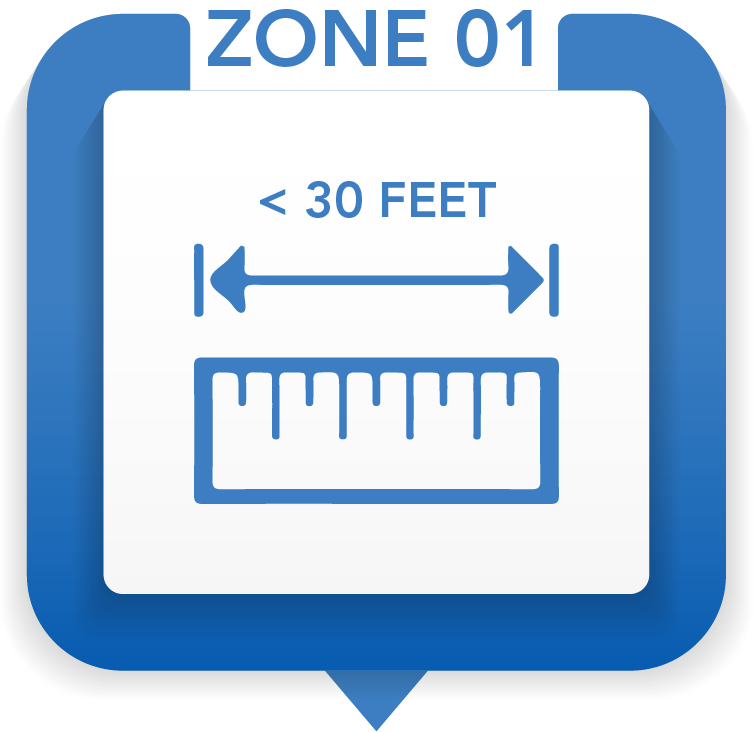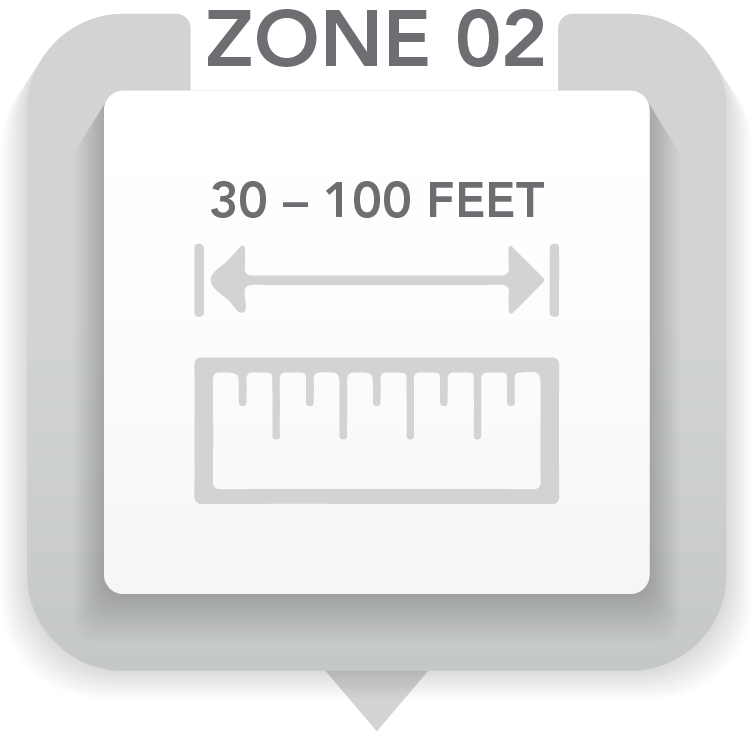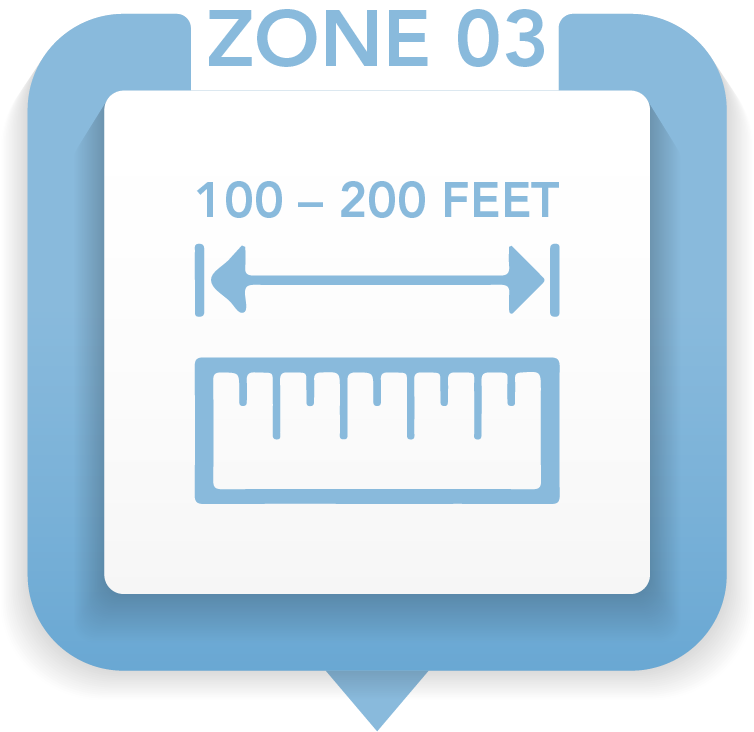Personal Risk Insights
Wildfire Insurance Options in a Tightening Market
MARCH 5, 2024
Over the past two decades, “climate change, including increased heat, extended drought, and a thirsty atmosphere, has been a key driver in increasing the risk and extent of wildfires in the western United States,” according to the National Oceanic and Atmospheric Administration. Wildfire season now runs the calendar year and includes Canada, Mexico and the U.S.1
As drought conditions spread, wildfires have become an increasing threat for homeowners. In 2019, CoreLogic reported 775,654 residential homes were at risk for wildfire damage across 13 western states. By 2020, the number had increased to 4.5 million homes.2
Wildfires have also become more destructive, with a 160% higher structure loss rate over the past decade. The insurance market is tightening, and homeowners must be prepared.
Insurance Challenges
Droughts and wildfires created a shift in insurance. Insurers rebalanced their books, causing policy cancellations. Underwriting rated each risk based on its own merits. Homes that were deemed high-risk received substantial premium increases or cancellation notices.
Homeowners who live near wildfire areas are not being spared. Some insurance carriers have renewed policies while excluding coverage for wildfires; others have imposed a large deductible for wildfire losses.3
If Your Policy Was Cancelled or Excludes Wildfire, You Have Options
Standard carriers may not offer coverage in high-risk areas. Non-admitted carriers (those that have not been reviewed by the state’s insurance department) may provide coverage. These policies offer more flexibility in coverage; however, the coverage may not be comprehensive and could be cost prohibitive.
Homeowners in areas impacted by wildfire whose insurance is not renewed may appeal the decision to the insurance company. If the homeowner is not satisfied with the outcome, they can contact the state insurance commissioner. The state insurance commissioner may put a moratorium in place, stopping insurance carriers from non-renewing policies for a year.
Homeowners may be able to obtain coverage through the FAIR plan. A FAIR plan is a state-mandated program that provides access to insurance for high-risk insureds. The risks are pooled together and provided insurance coverage. The coverage is usually limited. The policies typically afford coverage for fire, but not theft, flood, earthquake, hail or liability.
Ways to Increase Your Odds of Insurability
Video and Documentation
Prepare prior to a claim event by taking video of your home and valuables. Keep relevant documents, such as statements and receipts, in a fireproof cabinet. Electronic versions of these records can also be stored on a cloud platform such as Google Drive.
Defensible Space
Create a defensible space around your home. Defensible space is free of leaves, debris, or other flammable materials. The National Fire Protection Association recommends at least 200 feet of defensible space from a structure.4 Implement the three-zone rule:
 |
|
A minimum 30-foot space |
 |
|
30 to 100 feet from the structure. |
 |
|
100 to 200 feet from the home. |
Smart Technology
Consider the following emerging technology to increase your home’s likelihood of survival if disaster strikes:
- External sprinkler systems. Rooftop sprinkler systems hydrate roofs, gutters, decks and surrounding combustible vegetation to help prevent ignition.
- Home and vegetation sprinkler systems. The Frontline Wildfire Defense system not only saturates the home and surrounding vegetation with water and biodegradable firefighting foam, but can also be activated remotely via an app, enabling you to protect your home regardless of your location.
- Interior sprinkler systems. The Plumis Automist connects to the home via the water main. It has an infrared sensor and an algorithm to detect fire. It can begin working before a traditional sprinkler system because it does not rely on significant heat buildup, delivering better outcomes for people and property.
- Fire-retardant gel. When mixed with water, this provides a thermal-protective coating that can protect structures from burning. Attach a hose to the kit to spray your home and other flammable surfaces as a protective measure before evacuation.
- Smart smoke detectors. These give alarm notifications or alerts on your smartphone. You may manage features using an app. They can alert with early warnings of smoke or carbon monoxide and tell you where the hazard is, so you can respond quickly and safely.
- Smart heat detectors. These can trigger an alarm once a preset temperature is reached. Other types of heat detectors are triggered by a rapid rise in temperature. Some heat detectors have both capabilities.
How USI Can Help
USI Insurance Services’ personal risk team is here to assist homeowners in an ever-tightening insurance market. For more information on wildfire preparedness, review our wildfire preparedness checklist. If you would like to discuss risk management strategies or a comprehensive, personalized plan, contact us at personalriskservice@usi.com.
Sources:
1 disasterphilanthropy.org/disasters/2023-north-american-wildfires
2 investopedia.com/what-you-need-to-know-about-wildfires-and-insurance-5207791
3 progressive.com/answers/does-home-insurance-cover-wildfires
4 community.fema.gov/ProtectiveActions/s/article/Wildfire-Mitigation-Property-Defensible-Space?#:~:text=The%20National%20Fire%20Protection%20Association,accessible%20to%20the%20fire%20department
SUBSCRIBE
Get USI insights delivered to your inbox monthly.
